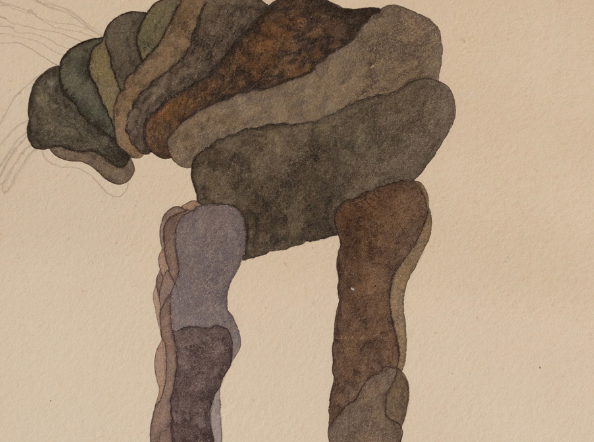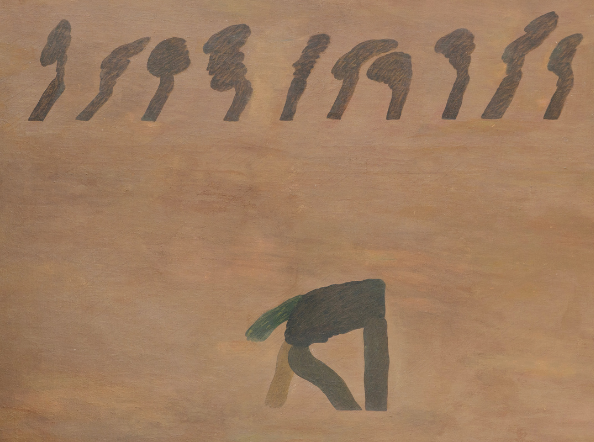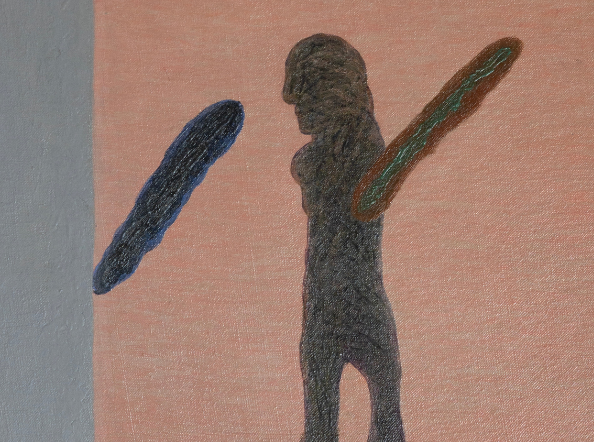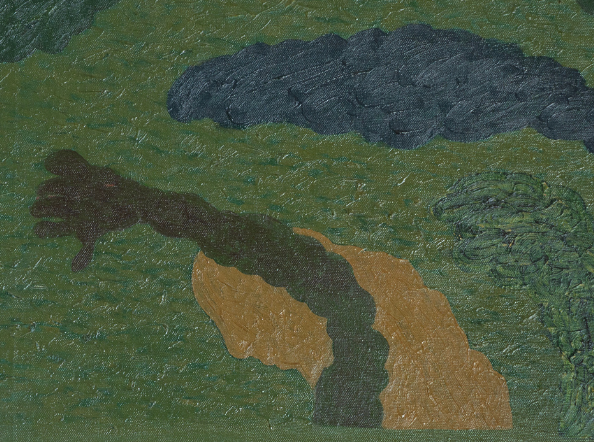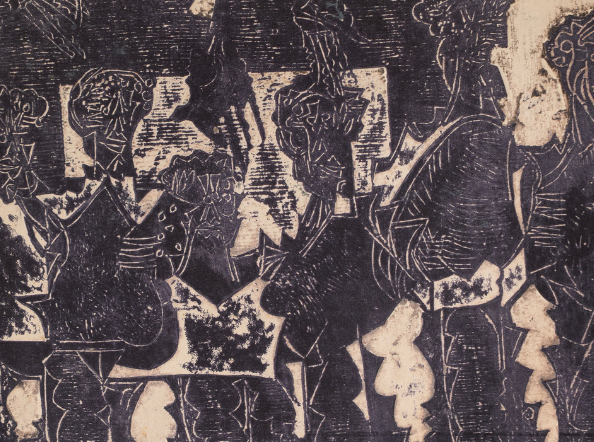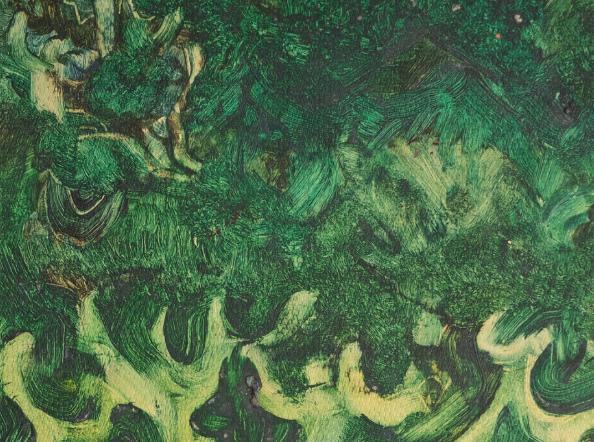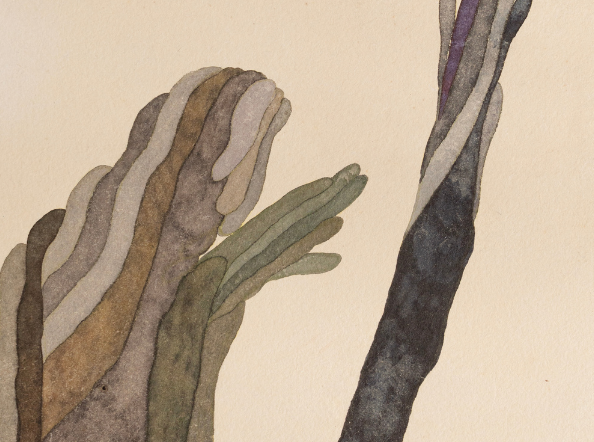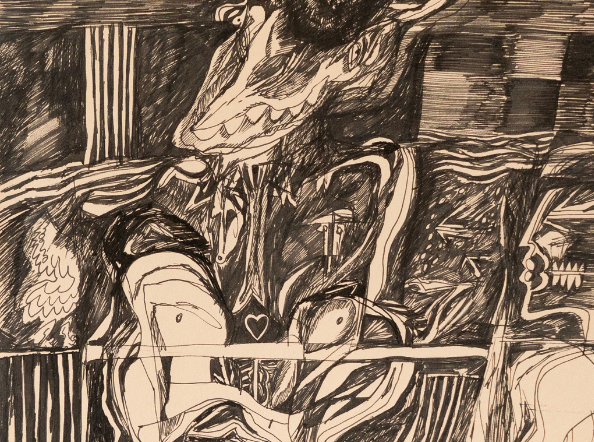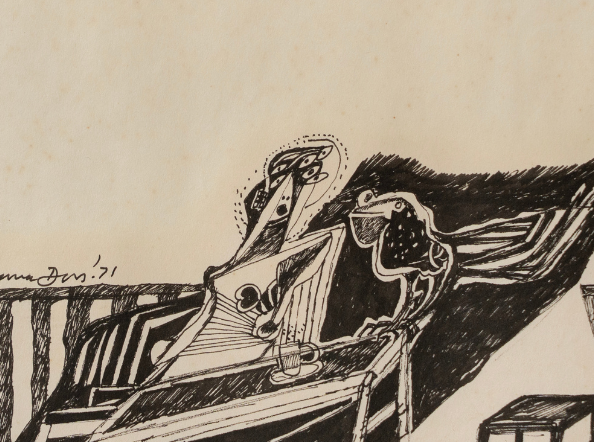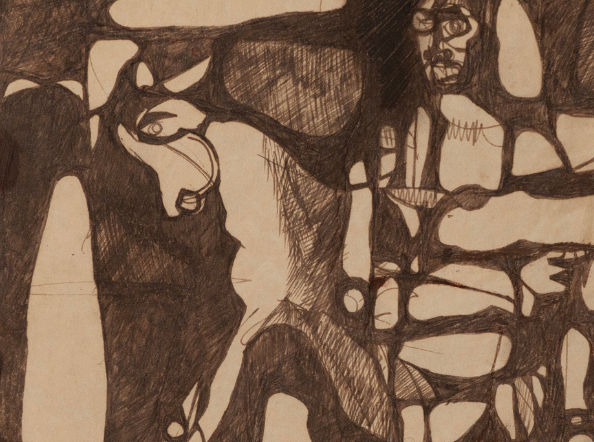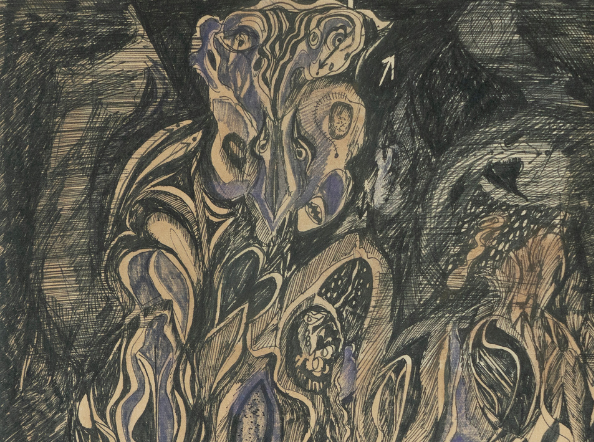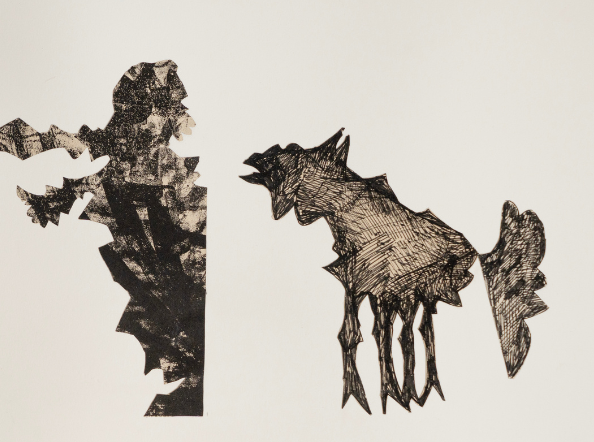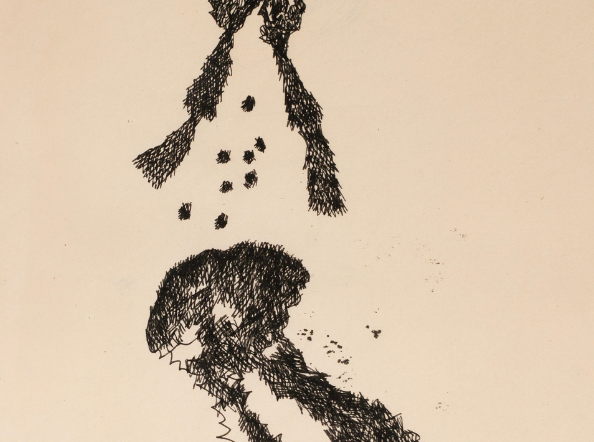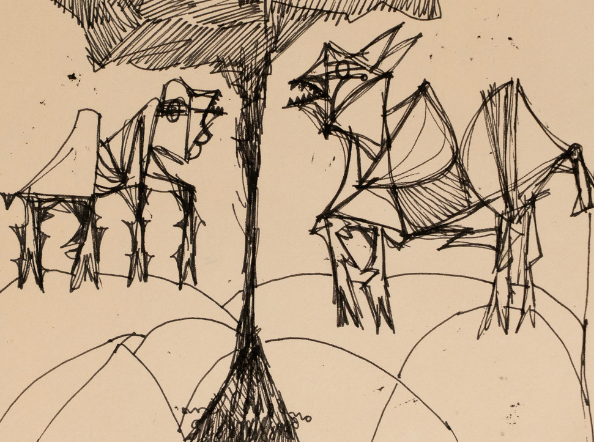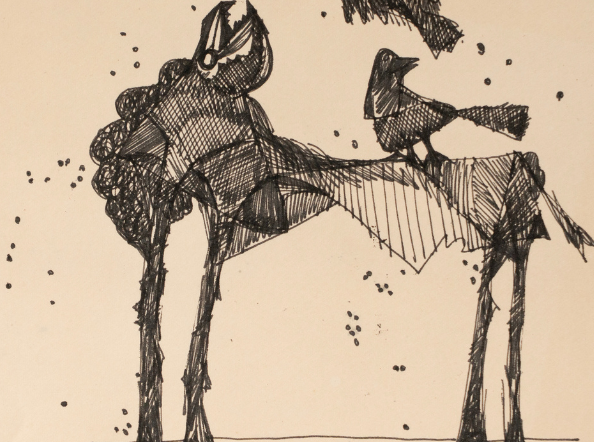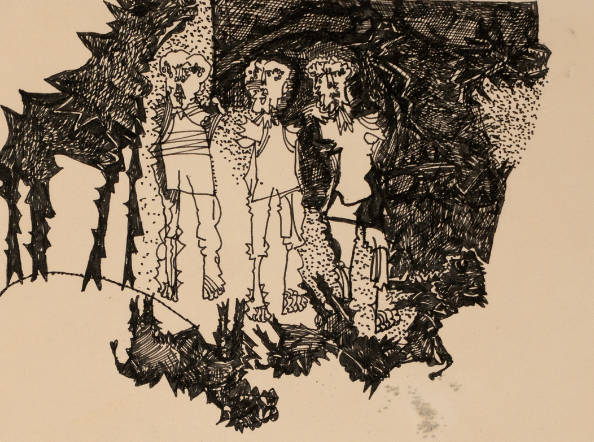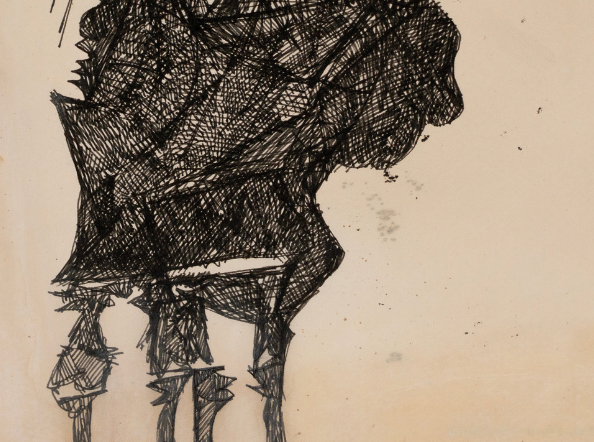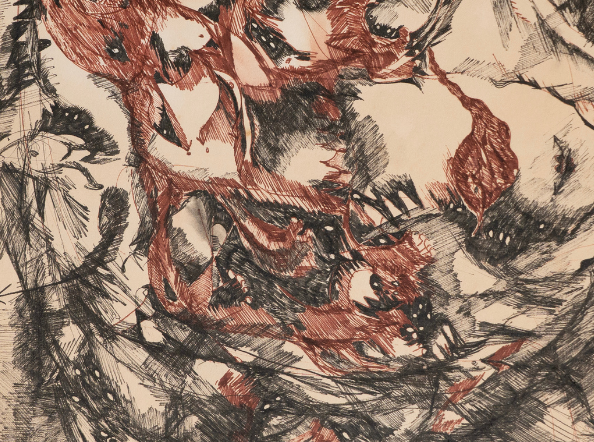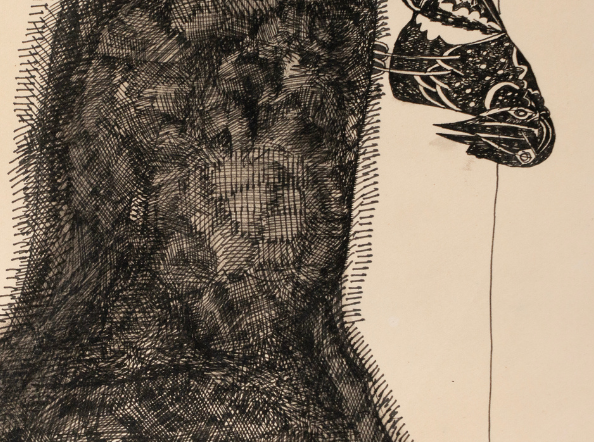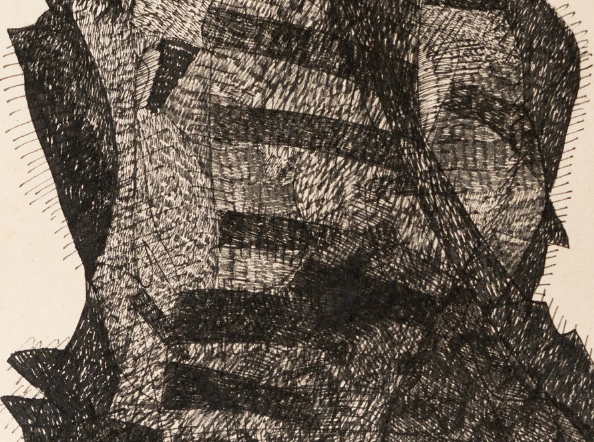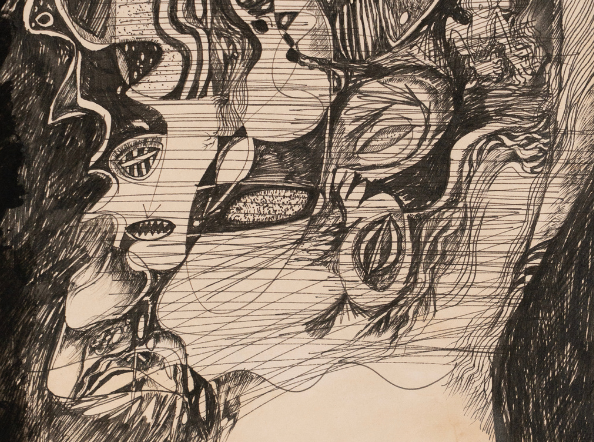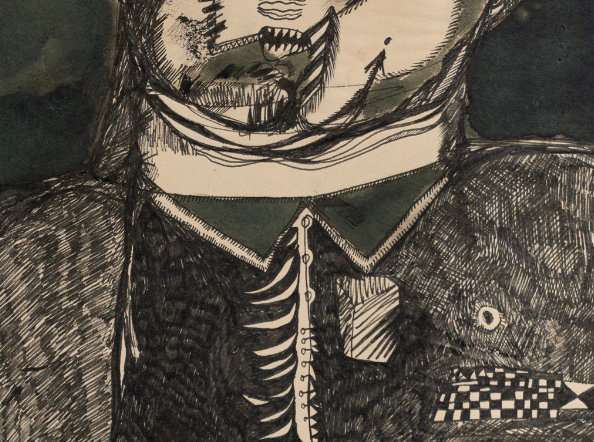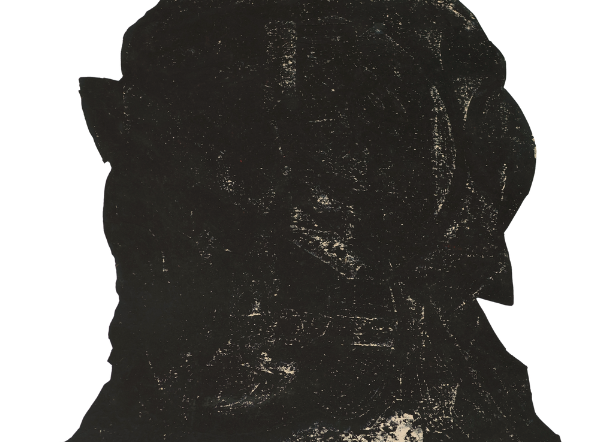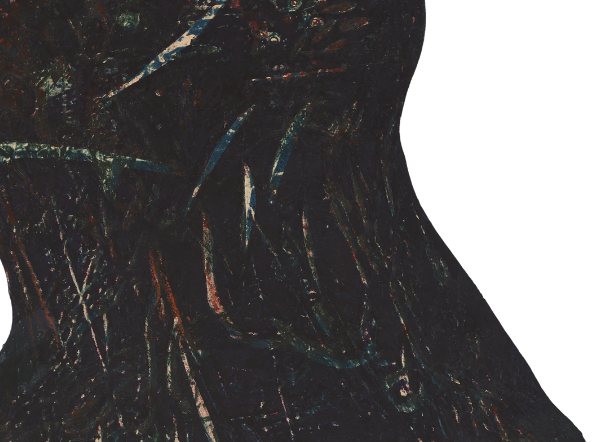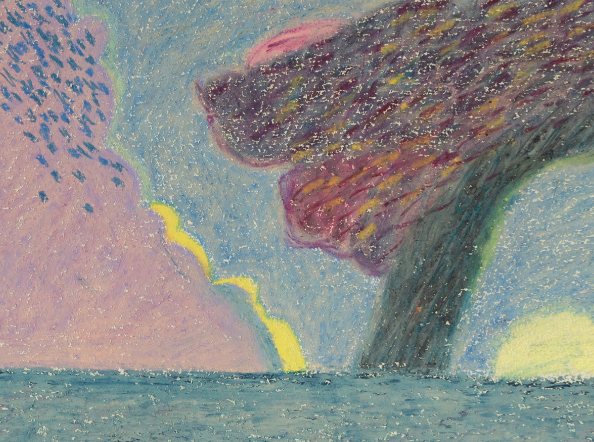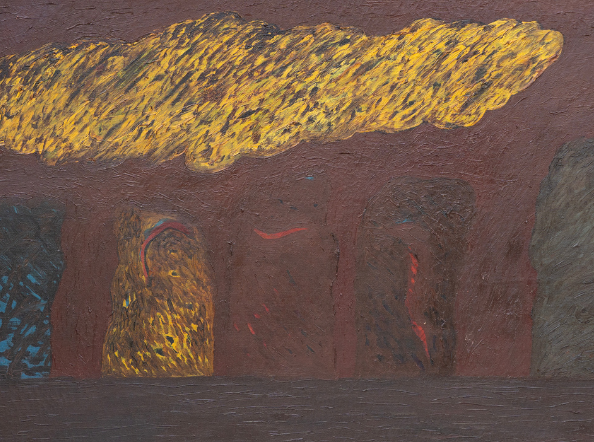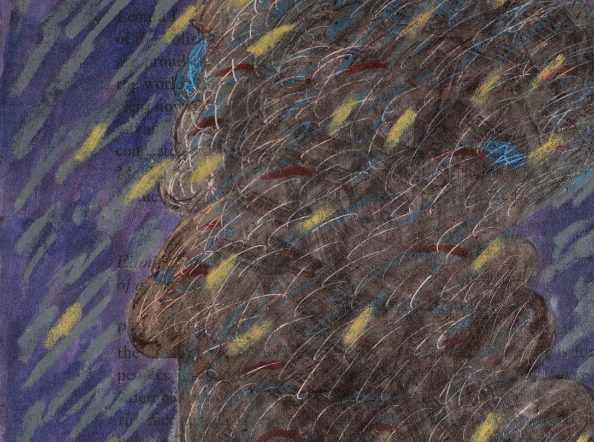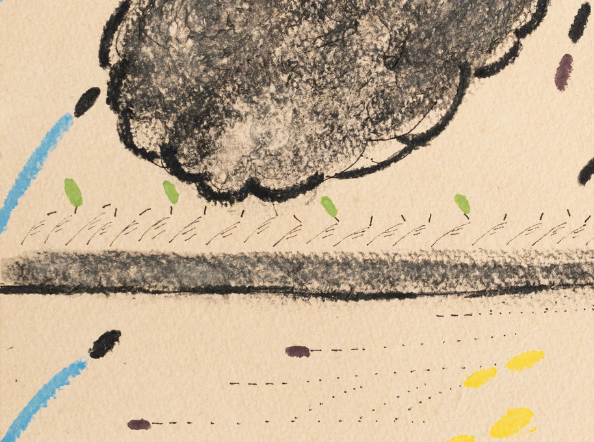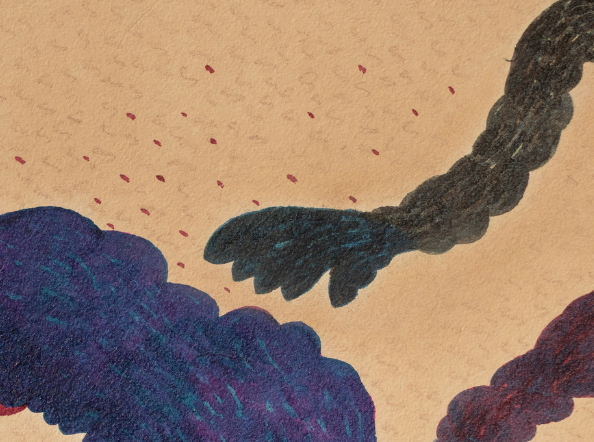-
Exhibitions
- Frieze Masters |
Amitava
-
![Untitled 2 , 1978]() Untitled 2 , 1978
Untitled 2 , 1978
-
![Figure in Landscape 2nd, 1979- 80]() Figure in Landscape 2nd, 1979- 80
Figure in Landscape 2nd, 1979- 80
-
![Untitled , 1970's]() Untitled , 1970's
Untitled , 1970's
-
![Untitled , 1970's]() Untitled , 1970's
Untitled , 1970's
-
![Untitled 96, 70's]() Untitled 96, 70's
Untitled 96, 70's
-
![Untitled 101, 70's]() Untitled 101, 70's
Untitled 101, 70's
-
![Untitled 4, 1978]() Untitled 4, 1978
Untitled 4, 1978
-
![Untitled 27 , 70's]() Untitled 27 , 70's
Untitled 27 , 70's
-
![Untitled 23 , 1971]() Untitled 23 , 1971
Untitled 23 , 1971
-
![untitled 44 , 70's]() untitled 44 , 70's
untitled 44 , 70's
-
![Untitled 19 , 70's]() Untitled 19 , 70's
Untitled 19 , 70's
-
![Untitled 118 , 70's]() Untitled 118 , 70's
Untitled 118 , 70's
-
![Untitled 83, 70's]() Untitled 83, 70's
Untitled 83, 70's
-
![Untitled 76 , 70's]() Untitled 76 , 70's
Untitled 76 , 70's
-
![Untitled 77 , 70's]() Untitled 77 , 70's
Untitled 77 , 70's
-
![Untitled 83 , 70's]() Untitled 83 , 70's
Untitled 83 , 70's
-
![Untitled 78 , 70's]() Untitled 78 , 70's
Untitled 78 , 70's
-
![Untitled 133 , 1969]() Untitled 133 , 1969
Untitled 133 , 1969
-
![Untitled 80 , 70's]() Untitled 80 , 70's
Untitled 80 , 70's
-
![Untitled 5 , 1974]() Untitled 5 , 1974
Untitled 5 , 1974
-
![Untitled 59, 70's]() Untitled 59, 70's
Untitled 59, 70's
-
![Untitled 103, 70's]() Untitled 103, 70's
Untitled 103, 70's
-
![Untitled 33 , 70's]() Untitled 33 , 70's
Untitled 33 , 70's
-
![Untitled 34 , 70's]() Untitled 34 , 70's
Untitled 34 , 70's
-
![Untitled 12 , 1970's]() Untitled 12 , 1970's
Untitled 12 , 1970's
-
![Yellow cloud,, late 70’s]() Yellow cloud,, late 70’s
Yellow cloud,, late 70’s
-
![Untitled 6, 1976]() Untitled 6, 1976
Untitled 6, 1976
-
![Untitled 7, 1975]() Untitled 7, 1975
Untitled 7, 1975
-
![Untitled 9, 1977]() Untitled 9, 1977
Untitled 9, 1977
Amitava Das's practice is defined by preoccupations in India during the insurgencies and uncertainties that a newly formed national context was faced with, with the Cold War looming in the backdrop. Part of a generation that was born in the moment of Independence from colonial rule in 1947, Amitava was already familiar with early anti-colonial and post-independent modernisms in India, as well as post-war art in Europe such as the work of Giacometti, and Surrealism from an early age. These early influences led him to explore his own interiority in the 1960s, when he was an art student. The works that will be featured at Frieze Masters are mostly from the 1970s, and capture a prominent period in his practice that marks a departure from early considerations maintained by his practice to look outwards at the complex interrelations between the human experience and the world around. In this endeavour of contemplating external realities, two strands of work emerge as significant propositions by the artist in the 1970s. On one hand he frequently returned to his childhood in the idyllic landscape of Shimla, with its mountainscapes, greenery and creaturely existences, situating human existences as enmeshed with, and even corporeally constituted of the natural and more than human, animate and inanimate, lifeforms around them, in concurrence with the global rise of ecological consciousness in the decade. Another simultaneous body of work poetically responds to the politics of the time in a Soviet leaning, Non-Aligned nation state, that did not know whether to turn right or left, caught between the allure of capitalist consumerism and the romantic ideals that fuel revolutions. These works unconsciously draw from his awareness of student movements, protest cultures, the revival of Che Guera in the public imagination, and the poetry of Jibananda Das and Shakti Chattopadhyay.
